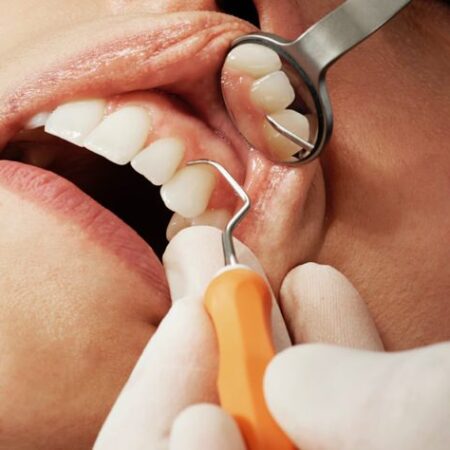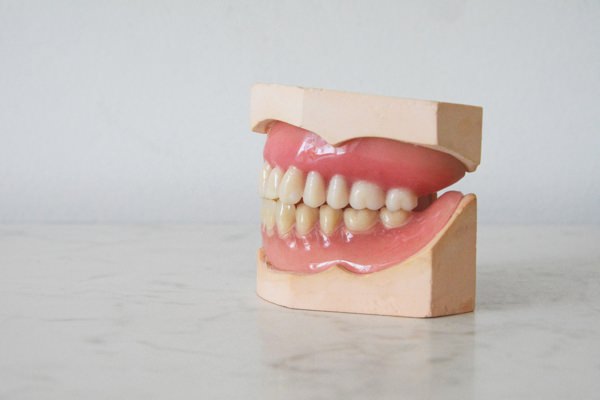As we and our patients learn more about the association between gum disease and our overall health, we dental professionals need to remember that we treat a medical condition called periodontal disease. If any other medical or dental treatment regimen delivered such poor results, we would demand changes. Our profession needs to deliver better and more consistent outcomes.
One problem is that most people don’t listen with the intent to listen but with the intent to reply. Consider the following questions with an open mind vs defending what we do because we have always done something a certain way:
In dental school I was taught to never etch dentine, that amalgam was the best filling material and that stomach ulcers were caused by too much acid produced by type A personalities. These truths are now considered to be false.
Perhaps it is time to re-evaluate our presumptions about periodontal disease, how it is caused, treated and prevented. A new paradigm is needed. Some thoughts and observations to consider:
- Last week I saw pink in the toilet bowl at 11pm. By 3 pm the next day, I had an appointment with my physician to find out why. If a patient sees blood on their tooth brush or we dental clinicians see pink in the sink when they spit during a cleaning, why isn’t everyone as concerned as I was when I saw blood in my stools?
Have we taught our patients to minimize bleeding by saying come back in 6 months and we will clean your teeth again? If my physician said to me come back in 6 months when I saw the blood in the toilet, I would look for a new physician immediately.
- Untreated gum infections don’t heal on their own. They last 24 hours a day, 365 days a year for decades. The infection has a surface wound area dependent on the degree of infection that allows bacteria, viruses and blood products direct access to the bloodstream.
- For example, a single bleeding point has a surface area of 4 sq. mm, 50 have the surface area of a finger nail and severe gum disease 5 to 6 sq. inches!!
This open ulcer that does not hurt, swell, raise our temperature nor have an appearance we can use to diagnose infection, easily allows oral-systemic complications because the bacteria don’t stay in the gums, but travels throughout the body via its arterial highways, causing secondary systemic effects we all know about. They pose a constant risk to our patients’ health.
- Gum disease first and foremost, is an infection. Are we treating it as an infection or a tooth cleaning issue? Does cleaning the teeth kill bacteria or prevent gum disease predictably? If not, why not?
For example, we all have an acid etch procedure that we know as a formula/recipe to follow. When we do the same steps we always get the same results with a good bond and no sensitivity. So, what is the gum disease formula equal to our acid etch formula? Why does every dental office have their own way to treat gum disease?
- Do we spread the infection when we use scalers in infected sites and put them in healthy areas? Would you allow a physician to use instruments from an infected site in another healthy area of your body if you were having 2 surgeries? Then why do we do it in dentistry?
- Do patients know they get gum disease from saliva transfer and that they put those closest to them at risk for life threatening infections if they have gum disease? Do you think it would motivate them to adopt better home care if they knew this?
- Speaking of home care, we should emphasize brushing the gums and cleaning between the teeth with a SoftPick® or StimuDent® to clean the teeth and gums at the same time – a method patients will use 85% of the time, vs flossing which they will do 8% of the time!
- When a patient flosses, the floss cleans the tooth BUT it is impossible for it to push against the gum’s biofilm at the same time as the tooth is engaged, so the biofilm remains less disturbed than when using a SoftPick® or StimuDent®.
Physicians bring the patient back if a patient is diagnosed with a medical condition to see if the therapy is working. If there is significant bleeding, we as dental clinicians should do the same.



